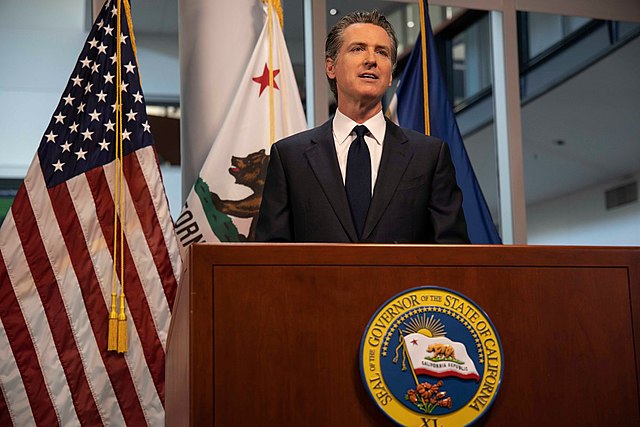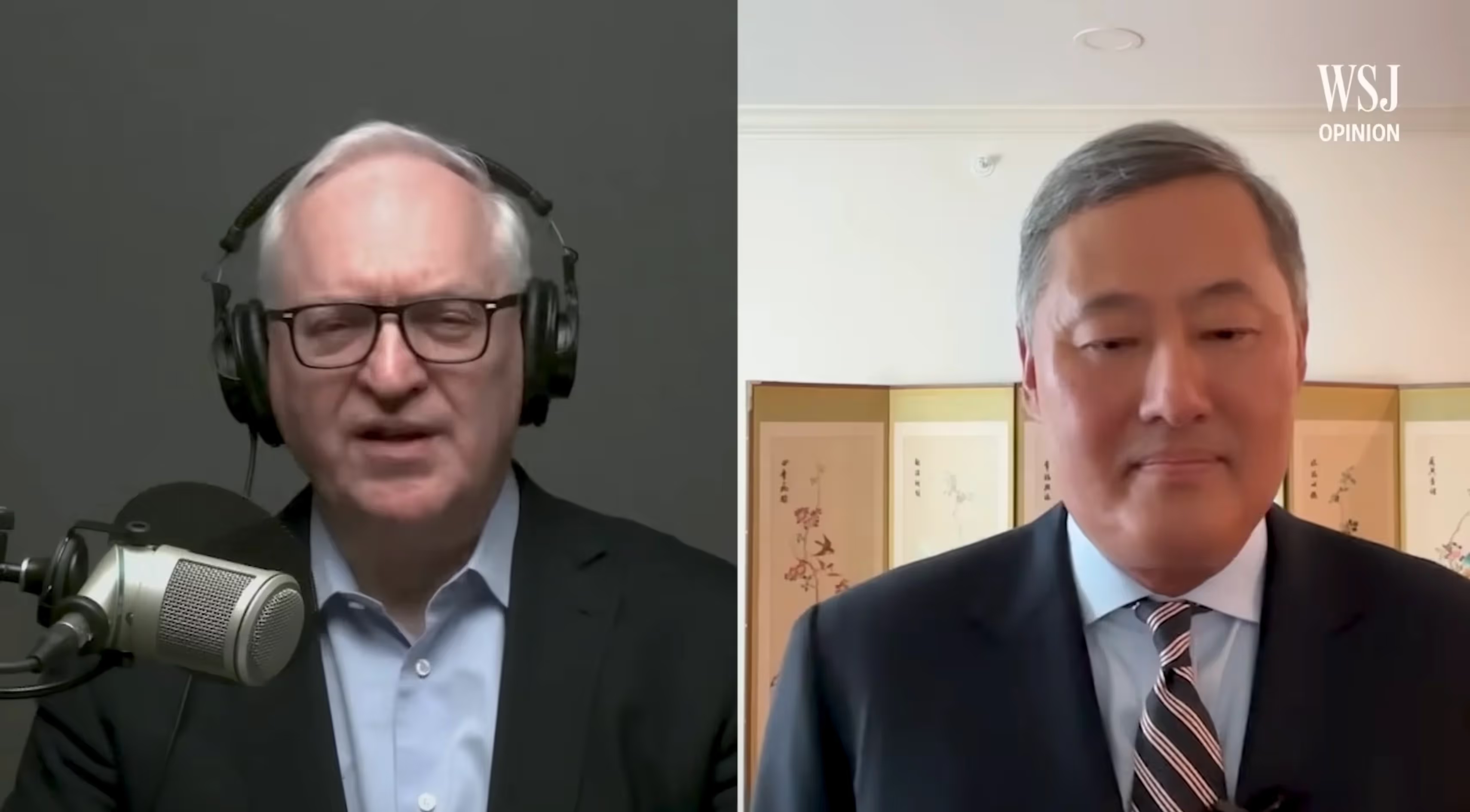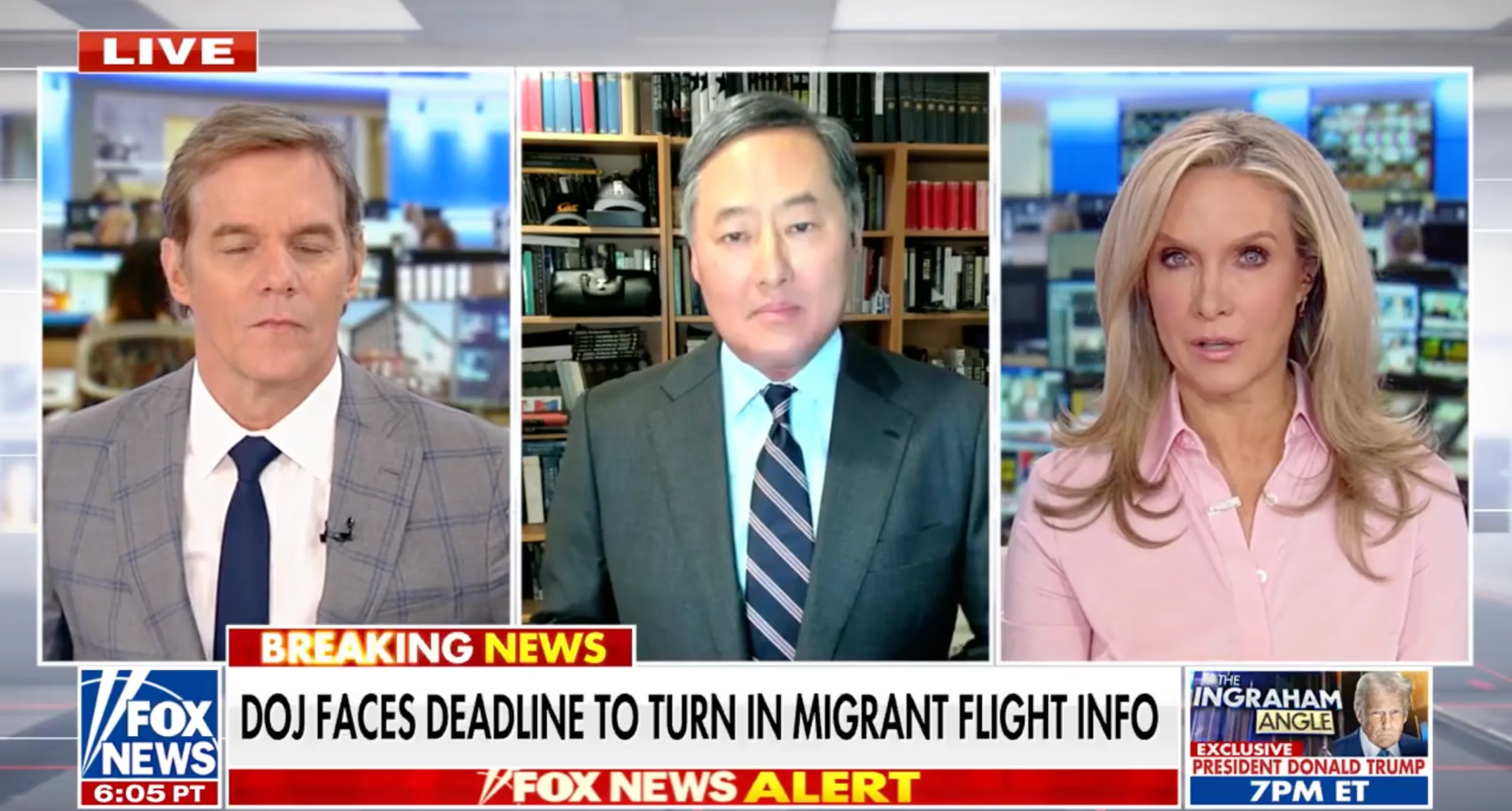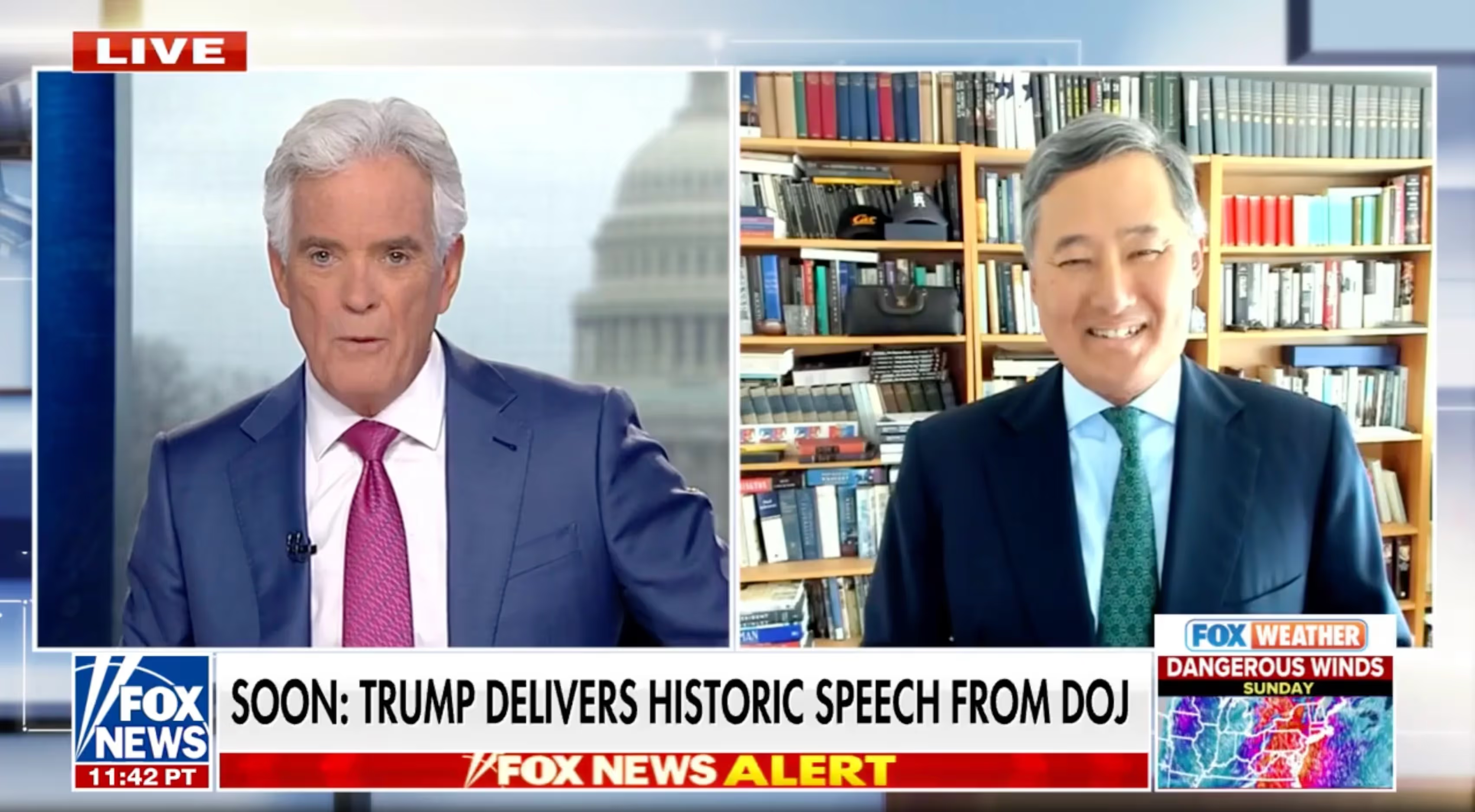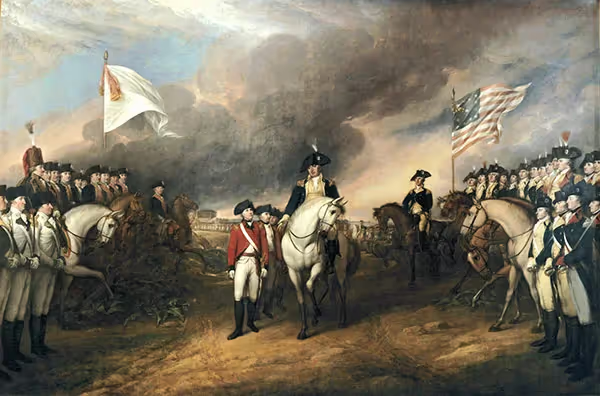
Painting the Revolution
Brookhiser aptly calls John Trumbull “the bard, in pictures not words, of American self-rule.”
Percy Bysshe Shelley famously called poets “the unacknowledged legislators of mankind.” He argued in “A Defense of Poetry” that they “measure the circumference and sound the depths of human nature with a comprehensive and all-penetrating spirit” to make “immortal all that is best and most beautiful in the world.” That function of imagining, Shelley argues, reaches beyond language to form civil society. Epics by Homer and Virgil resonate across later ages because they demonstrate rather than just describe what virtue means.
Where do the visual arts fit into Shelley’s view? Painters seem no less capable than poets of capturing epic events and personalities. Richard Brookhiser takes up the artist’s public role in his biography of the painter John Trumbull, who made recording the American Revolution his life’s work. Trumbull sought in his own words “to preserve and diffuse the memory of the noblest series of actions which have ever presented themselves in the history of man.” His task would lay a foundation for the young republic while countering the fear of decline that haunted many of its founders. The decades-long project culminated with epic scenes that today adorn the United States Capitol. Trumbull’s journey from Connecticut boyhood to a career in the visual arts is a story itself.
Brookhiser, who first encountered Trumbull’s art as a Yale student, presents the story behind it in Glorious Lessons: John Trumbull, Painter of the American Revolution. A journalist and protégé of William F. Buckley, he writes as a generalist rather than an art critic or historian. Psychology runs through the slim volume to sharpen its focus on Trumbull’s motivation. History painting as a genre lost favor over the nineteenth century. Trumbull was not even its greatest American practitioner. Brookhiser notes how critics later disparaged what the painter considered his most significant works. Those canvases, however, captured the spirit of independence. Recognizing Trumbull’s flaws as both artist and man, Brookhiser aptly calls him “the bard, in pictures not words, of American self-rule.”
He opens with Trumbull drawing his first pictures from an embroidery made by his elder sister Faith, while showing that Lebanon, Connecticut, was an unlikely start for a serious painter. New Englanders shaped by the outlook of their Puritan forbearers cared little for art. Those ancestors preferred the “sadd colors” of earth tones for their attire while eschewing black as too bold for regular wear. The aversion to display lingered even as religious fervor diminished. Lebanon also stood in the shadow of American cities like Boston and New York with more direct access to culture and the arts. Even those thriving towns were distant provinces in a larger British Atlantic world that looked to Europe for its influence. While other Americans, such as Benjamin West and John Singleton Copley, had forged careers as painters that took them from the colonies to London, Trumbull’s ambitions would be a steep climb.
Jonathan Trumbull, the only royal governor to side with Congress in the Revolution, had different ideas for his son. Limning, the trade of an artisan rather than a gentleman, fell short of those ambitions. While the younger Trumbull hoped to study under Copley, he instead attended Harvard, though he met the Boston painter. Trumbull’s father pushed him to study mathematics and surveying as something between a compromise and a distraction from pursuing art. Producing maps taught useful skills, especially when Trumbull joined the fight against British rule.
Trumbull became George Washington's aide after the Virginian took command of troops outside Boston. Drawing was a vital military skill for representing terrain that went beyond drafting maps. Trumbull witnessed the British evacuation of Boston and then proceeded to Ticonderoga with his regiment, where he fought alongside Horatio Gates. Active service—and interacting with key figures—built a catalog of images and impressions that would shape his later work. Every encounter passed into Trumbull’s visual mind. As Brookhiser notes, small moments that revealed manners and mannerisms informed great events. When a quarrel over the date of his commission became a point of honor, Trumbull resigned in pique and turned back to painting.
It seems odd for an ardent patriot to visit London with a stop in Paris, and stranger yet that British authorities would allow it. West, history painter to George III, took Trumbull under his wing. A letter to Edmund Burke from his father introduced Trumbull to the portraitist Sir Joshua Reynolds. These relationships and others in Paris, where he befriended Thomas Jefferson, provided training, examples, and criticism that improved his skills. History painting, as a genre, had shifted from scenes in classical antiquity to contemporary subjects, such as West’s famous depiction of General James Wolfe’s death on the cusp of his victory at Quebec. In a bid to draw a London audience, Trumbull himself painted the siege of Gibraltar, where British defenders successfully resisted Spanish attack. For his fellow countrymen, however, he sought to celebrate the American story he had partly witnessed.
Trumbull may not have been a great actor in events, but he could preserve them. His plan took shape in the 1780s. Besides painting three pivotal battles and the surrenders at Saratoga and Yorktown, he would show the signing of the Declaration as a triumphal moment. Not only the document, but the deliberations that shaped it were part of the epic. Although it consisted of only six pictures, the work took years of sketching, planning, and research. Thomas Jefferson provided details on Congress and the Declaration of Independence. Trumbull sketched French and American protagonists in Paris, where he also sought an engraver to reproduce the works he planned to circulate for sale.
He returned to America in 1789 hoping to secure “the warm patronage of my countrymen” as subscribers along with support from Congress. Backing fell short of expectations as he compiled preliminary material, sketching where possible from life. Other commissions paid expenses, and Trumbull served as a diplomat in France. He married an Englishwoman who served as his model, before her estrangement from his relatives and alcoholism shadowed their life after returning from London in 1815. Trumbull became a leading figure, serving for a time as director of the American Academy of the Fine Arts, but finances remained a struggle. It was a relationship with Yale, which housed many of his paintings, that provided for his later years.
By then, the extraordinary work was done. The Rotunda of the United States Capitol housed the completed series of history paintings that Congress purchased. Trumbull closed the set with Washington’s resignation from the army; a civil scene paired with the Declaration’s signing to show that in America, the people’s representatives rule. Washington had commanded the army, but also, as a French officer remarked, obeyed Congress. A separate portrait of Washington at the Battle of Trenton joined the set. Together, they completed a story that Trumbull took forty-five years to tell.
Trumbull’s images had reached beyond the Capitol. He had come a long way from copying his sister’s embroidery on the kitchen floor. If they faded into the Rotunda’s décor, those paintings also shaped how Americans saw pivotal events. Textbooks adopted them as illustrations. History paintings like Trumbull’s go beyond showing who people were, as Brookhiser concludes, to “tell us why we should care about them.” For all his attention to individuals, Trumbull makes the story of America’s independence about more than the men who secured it. Like the poet who sings of heroes or guides a journey of revelation, artists make those scenes relevant to later generations. The glorious lessons Trumbull evokes deserve another look with the upcoming 250th anniversary of American independence.
William Anthony Hay is the associate director for public programs and professor in the School of Civic and Economic Thought and Leadership at Arizona State University.
Politics
.webp)
Liberal Democracy Reexamined: Leo Strauss on Alexis de Tocqueville
This article explores Leo Strauss’s thoughts on Alexis de Tocqueville in his 1954 “Natural Right” course transcript.
%20(1).avif)
Long Distance Migration as a Two-Step Sorting Process: The Resettlement of Californians in Texas
Here we press the question of whether the well-documented stream of migrants relocating from California to Texas has been sufficient to alter the political complexion of the destination state.
%20(3).avif)
Who's That Knocking? A Study of the Strategic Choices Facing Large-Scale Grassroots Canvassing Efforts
Although there is a consensus that personalized forms of campaign outreach are more likely to be effective at either mobilizing or even persuading voters, there remains uncertainty about how campaigns should implement get-out-the-vote (GOTV) programs, especially at a truly expansive scale.

Can social democracy save capitalism — again?
Zohran Mamdani’s inauguration this week as New York City mayor is a moment of reckoning for those who care about preserving the American way of life.

Why are Zoomers embracing extremist ideas?
Conservatives have rightly denounced the extremist tendency among young progressives, but there’s a similar problem now evident on the Right.

California’s EU Style Regulatory Gambit
While the EU is trying to be the globe’s regulator, California is trying to play the same role over the rest of the U.S.

Eliminating Liberal International Asymmetries
Modern international law has been a failed experiment. America should restore the classical law of nations.


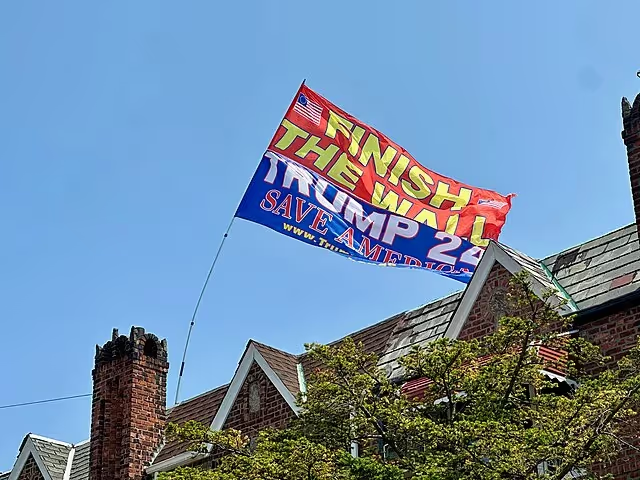
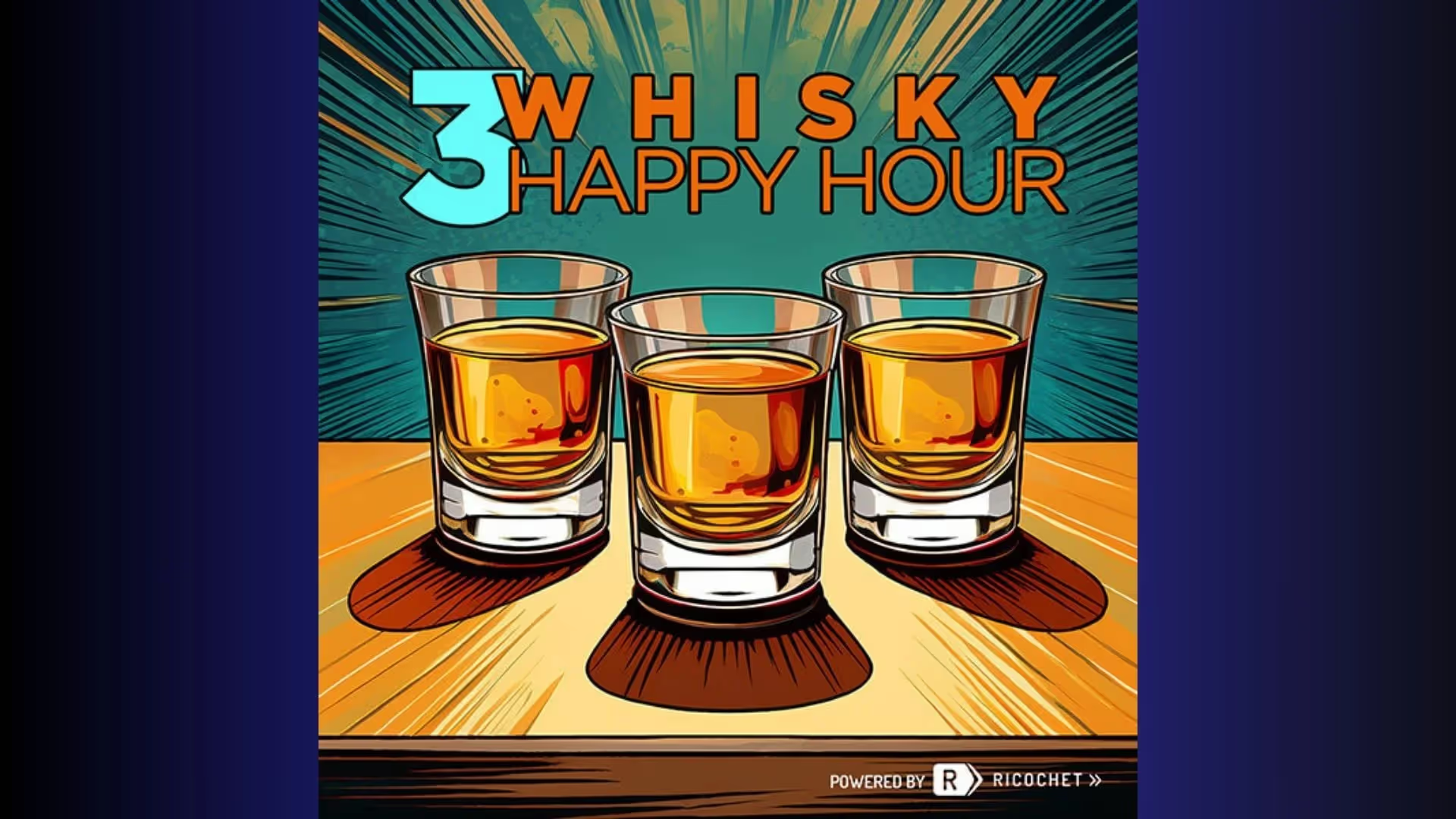
.jpg)
